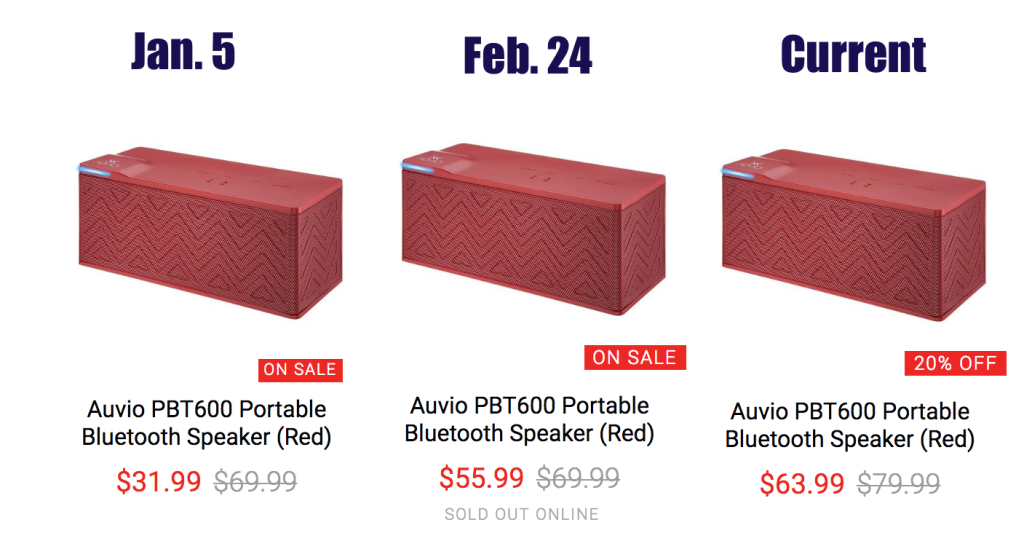Reminder: Liquidation Sales Offer Terrible Deals, Bad Return Policies Image courtesy of jakerome
They draw you in with brightly colored signs at street corners, promising discounts of “up to” some very promising number. A record number of retail bankruptcies and store closings mean that there have been a record number of store closing sales so far this year. Yet if you’re looking for actual deals, you should stay away from liquidation and store closing sales. Here’s why.
The deals at store closing sales simply aren’t good, especially at the beginning. Outside liquidators normally handle the sales, and the first thing that they do is raise all of the prices back to the manufacturer’s suggested retail price.
Items are discounted from there, topping out at maybe 20% or 30% at the beginning of the sale. It means that the first day those red, black, and yellow store closing signs go up, you might pay more for that item than you would have the previous day.
From there, the discounts will gradually increase, but the merchandise will already be picked over by shoppers who are less savvy than you. Customers at hhgregg closing sales, for example, have reported that most merchandise is marked down only 10-15% so far.
“The prices are too high, for something that’s going out of business,” one shopper in Cincinnati observed to a TV reporter after visiting her local store. Another shopper complained that delivery wasn’t available.
When The Original Price Isn’t
Image courtesy of ConsumeristWhen a company handles the sales on its own, that doesn’t necessarily mean things will be any better. RadioShack is running its own store closing sales after its most recent bankruptcy filing, and we noticed that the chain changed the “original” prices on some items.
RadioShack employees told Consumerist that items in their stores, especially exclusive store-brand merchandise, were marked up before clearance and store closing sales began, making the discounts seem deeper.
We found that some items were actually cheaper during holiday sales before the store closing sales began, but the hypnotic power of those signs drew customers in to pay higher prices.

The difference between now and the wind-down of Circuit City in 2008 and 2009 is that more of us have smartphones in our pockets, and we can easily look up the price of an item at other stores. We found that there were some good prices on merchandise at the Sports Authority store closing sales once prices hit 40% off, but purchases were only worthwhile if the item came from a manufacturer with its own strong warranty.
Cheap Prices, But No Warranty
Image courtesy of Nicholas EckhartThat brings us to one of the biggest problems that shoppers may not consider when they flock toward those store closing sale signs. You need to remember that items will most likely be sold on an as-is basis, with no returns. How much of a discount would convince you to give up the ability to return merchandise, even if it’s defective? The calculations might be different depending on what you’re buying: You can carefully inspect a dress, but it’s hard to predict how long a dishwasher will last.
Eight years ago, when Circuit City was shutting down, it had two important policies: Customers couldn’t open boxes before purchase, and all sales were final. That left a customer who bought a smashed TV without options after getting it home.
Want more consumer news? Visit our parent organization, Consumer Reports, for the latest on scams, recalls, and other consumer issues.

